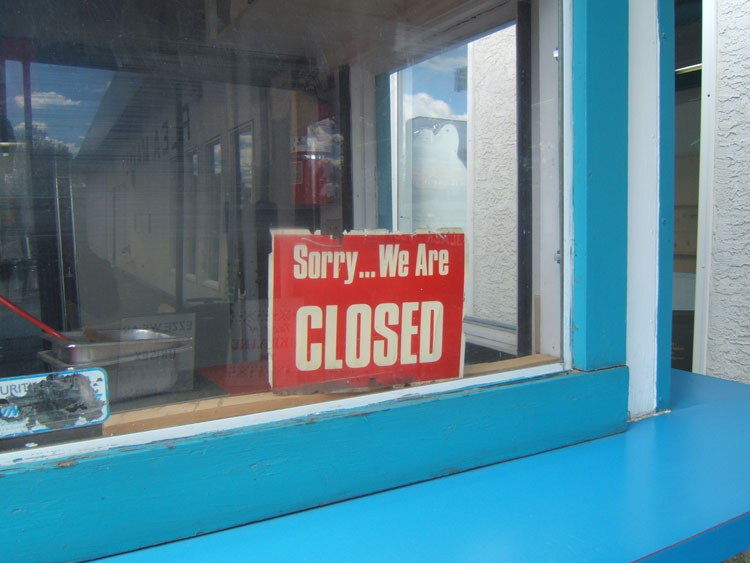
Discussion surrounding adjustments to on-farm milk production are ongoing as demand for dairy products continues to stumble due to the COVID-19 outbreak. There have been efforts in the industry to curb milk supplies to better align with lost demand that resulted as the food service industry shuttered. Feeding alternatives, drying off cows early, and more aggressive culling of dairy cow herds have all been offered as alternatives to reduce milk supplies.
Data on milk production growth in the first three months of 2020 sets the stage for where the industry is at today. Through March, U.S. dairy cow inventory rose 37,000 head since December 2019, and milk production in the first quarter of 2020 was 2.9% above last year.
This growth in milk production had already signaled the need for a strong demand year to keep milk and dairy product prices moving higher. Any demand issues were going to spell trouble for the industry, and with COVID-19 beginning to take its toll by mid-March, the combination of demand shutdown coupled with milk production expansion created the low milk prices that confront the industry today.
What about cow culling?
Slaughter data is one indicator of how producers can bring milk supplies into better balance with demand. USDA has reported average weekly federally inspected dairy cow slaughter for the first three weeks of April at 65,500 head, only slightly higher than the 63,600 head over the same period in 2019.
The year-to-date federally inspected dairy cow slaughter shows a similar picture with little change in the number of dairy cows slaughtered relative to 2019.
At this point, dairy cow culling is not happening at a rate that helps curb milk supplies. It is important to note that slaughter capacity has been constrained with COVID-19 outbreaks in many plants and that may be delaying cow culling thus far.
The May USDA Milk Production report will hopefully begin to show the signs of milk production slowdown needed to bring supply and demand into better balance. Hopefully, changes in feeding practices and drying off cows early will contribute to contracting milk supplies for April.
Despite some extremely discouraging prices the last few weeks, there remains some optimism that demand for milk will strengthen as the country begins to reopen. It is difficult to see a scenario where demand returns to pre-COVID-19 levels but some pickup in food service demand should be positive. Much depends on the extent to which Americans are ready to get out after stay-at-home orders expire. The industry is going to need lower milk supplies and stronger demand to move beyond this current period of low prices.








